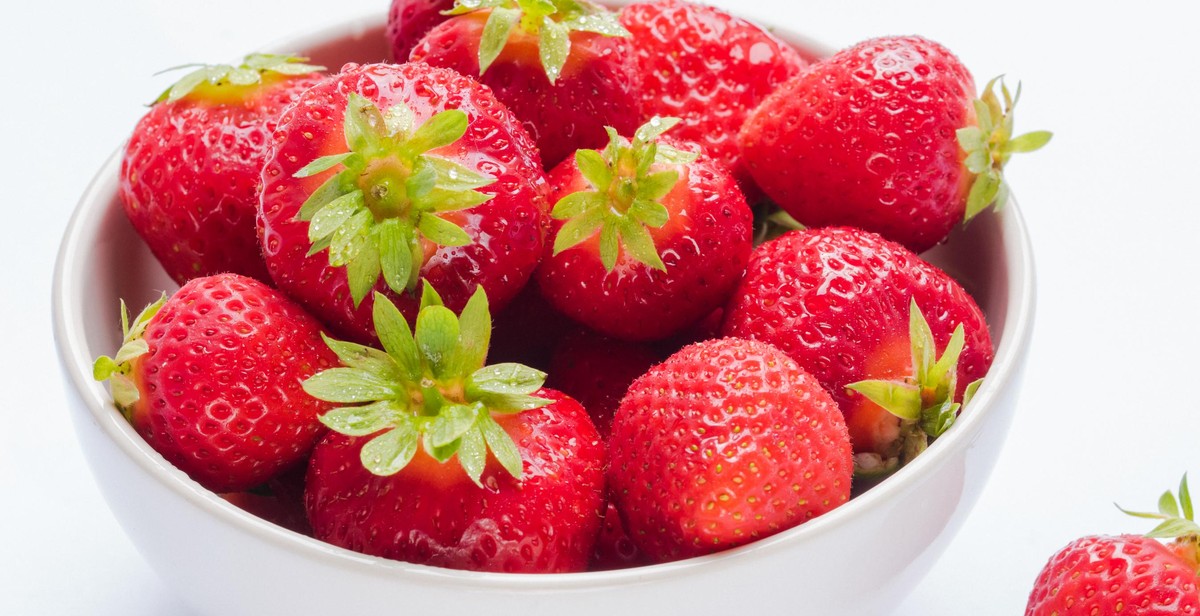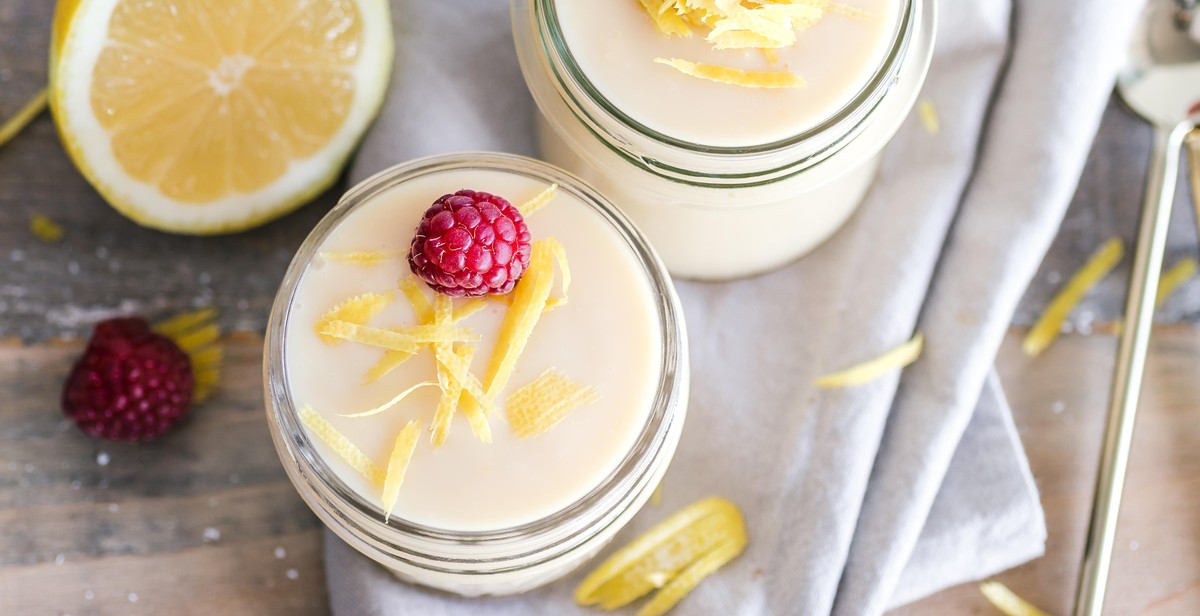How to Make Homemade Fruit Jam: Step-by-Step Guide to Preserving Fresh Fruits
Homemade fruit jam is a delicious and healthy way to preserve fresh fruits. Making your own jam allows you to control the ingredients and avoid the high levels of sugar and preservatives found in store-bought jams. Plus, it’s a great way to use up excess fruit from your garden or local farmers’ market. In this step-by-step guide, we’ll show you how to make homemade fruit jam that is not only easy to make, but also highly nutritious and flavorful.
Why Make Homemade Fruit Jam?
Homemade fruit jam is a great way to enjoy the taste of fresh fruits all year round. It’s also a healthier alternative to store-bought jams, which are often loaded with sugar and preservatives. By making your own jam, you can control the ingredients and adjust the sweetness to your liking. Plus, it’s a fun and rewarding activity that allows you to get creative in the kitchen.
Benefits of Homemade Fruit Jam
Homemade fruit jam offers a wide range of health benefits. Firstly, it’s a great source of vitamins and minerals, as fruits are packed with essential nutrients. Secondly, it contains natural sugars that provide a quick source of energy. Thirdly, it’s a good way to get your daily dose of fiber, which is essential for maintaining a healthy digestive system. Finally, homemade fruit jam is a low-calorie alternative to other spreads, making it a great option for those watching their weight.
So, let’s get started and learn how to make homemade fruit jam!

Choosing Fresh Fruits
Making homemade fruit jam requires fresh and high-quality fruits. The fresher the fruits, the better the taste and texture of the jam. Here are some tips to help you choose the best fruits for your jam:
1. Seasonal Fruits
Seasonal fruits are the best choice for making jam. They are usually abundant during their peak season and are less expensive. They also have a better flavor and texture compared to off-season fruits. Some of the best seasonal fruits to use for jam making are strawberries, blueberries, raspberries, peaches, apricots, and plums.
2. Ripe Fruits
Choose fruits that are ripe but not overripe. Overripe fruits have a mushy texture and may not set well in the jam. You can tell if a fruit is ripe by its color, texture, and smell. For example, ripe strawberries are bright red, firm, and have a sweet smell.
3. Firm Fruits
Fruits that are too soft or mushy may not hold their shape well in the jam. Choose fruits that are firm and have a good texture. For example, firm peaches and apricots are ideal for making jam.
4. Blemish-free Fruits
Avoid fruits that have bruises, cuts, or other blemishes. These can affect the flavor and texture of the jam. Choose fruits that are smooth and free from any blemishes.
5. Local Fruits
Local fruits are usually fresher and have a better flavor compared to imported fruits. They are also more affordable and support local farmers. Check your local farmer’s market or grocery store for fresh, local fruits.
Cleaning and Preparing the Fruits
After selecting the best fruits for your jam, it’s important to clean and prepare them properly. Here are some tips on how to clean and prepare your fruits:
1. Wash the Fruits
Wash the fruits thoroughly with cold water to remove any dirt, debris, or pesticides. Use a colander or strainer to rinse the fruits and allow them to dry completely before using them for jam making.
2. Remove the Stems and Pits
Remove the stems, pits, and seeds from the fruits before using them for jam making. For example, remove the stems from strawberries and the pits from peaches and apricots. This will ensure a smooth texture in your jam.
3. Cut the Fruits
Cut the fruits into small, uniform pieces to ensure even cooking and a consistent texture in your jam. For example, slice strawberries into small pieces and chop peaches and apricots into small cubes.
4. Measure the Fruits
Measure the fruits according to your jam recipe. Use a kitchen scale or measuring cups to ensure accurate measurements and a consistent flavor in your jam.
| Fruit | Weight (in grams) | Cups (chopped) |
|---|---|---|
| Strawberries | 454 | 2 |
| Blueberries | 340 | 2 |
| Raspberries | 340 | 2 |
| Peaches | 454 | 2 |
| Apricots | 454 | 2 |
| Plums | 454 | 2 |
Now that you know how to choose and prepare the best fruits for your homemade fruit jam, it’s time to start jamming! Let’s move on to the next section, where we will discuss the equipment and ingredients you’ll need for making homemade fruit jam.

Preparing the Jam
Making homemade fruit jam is a great way to preserve fresh fruits and enjoy them all year round. Here is a step-by-step guide on how to prepare the jam:
Ingredients Needed
The first step in preparing the jam is to gather all the necessary ingredients. The ingredients needed for making fruit jam include:
- Fresh fruits
- Sugar
- Pectin
You can use any type of fresh fruit to make jam, such as strawberries, blueberries, peaches, or raspberries. Make sure to choose ripe fruits that are free from bruises or blemishes.
Cooking the Fruits
The next step is to cook the fruits. Start by washing the fruits and removing any stems or pits. Then chop the fruits into small pieces and add them to a large pot.
Place the pot over medium heat and cook the fruits until they start to break down and release their juices. Stir the fruits occasionally to prevent them from sticking to the bottom of the pot.
Adding Sugar
Once the fruits are cooked, it’s time to add sugar. The amount of sugar you need will depend on the type of fruit you’re using and how sweet you want your jam to be.
A general rule of thumb is to use equal parts sugar and fruit. For example, if you have 4 cups of chopped fruit, you will need 4 cups of sugar.
Add the sugar to the pot and stir until it’s completely dissolved. Increase the heat to high and bring the mixture to a boil, stirring constantly.
Adding Pectin
To help the jam set, you will need to add pectin. Pectin is a natural thickening agent that’s found in fruits. However, some fruits have more pectin than others.
If you’re using a fruit that’s low in pectin, you will need to add commercial pectin to the mixture. Follow the instructions on the package for the amount of pectin to use.
Once you’ve added the pectin, continue to stir the mixture over high heat until it reaches a rolling boil. Let it boil for 1-2 minutes, then remove it from the heat.
Storing the Jam
After the jam has cooled for a few minutes, it’s time to transfer it to jars. Use a ladle or a funnel to pour the jam into clean, sterilized jars.
Make sure to leave about 1/4 inch of space at the top of the jar to allow for expansion during storage. Wipe the rims of the jars clean with a damp cloth, then seal them with lids and rings.
You can store the jam in the refrigerator for up to 3 weeks, or you can process the jars in a water bath canner to preserve them for up to a year.
| Ingredients | Amount |
|---|---|
| Fresh fruits | 4 cups |
| Sugar | 4 cups |
| Pectin | 1 package |

Conclusion
Preserving fresh fruits by making homemade fruit jam is not only a fun and rewarding activity, but it also allows you to enjoy the taste of your favorite fruits all year round. By following the step-by-step guide we have provided, you can easily make your own homemade fruit jam with minimal effort and ingredients.
Tips for making the perfect fruit jam
- Use fresh and ripe fruits for the best flavor and texture.
- Measure your ingredients accurately to ensure the right consistency and sweetness.
- Be patient and allow the jam to cook slowly and evenly to avoid burning or undercooking.
- Test the jam for doneness by using the spoon test or the temperature test.
- Store the jam properly in sterilized jars to prevent spoilage.
Final thoughts
Making homemade fruit jam is a great way to enjoy the taste of fresh fruits all year round. With the right ingredients, tools, and techniques, anyone can make delicious and healthy jam at home. Whether you prefer classic flavors like strawberry and raspberry or more exotic ones like fig and apricot, there is a fruit jam recipe out there for everyone. So why not give it a try and see how easy and satisfying it can be?
